Every year, millions of birds embark on extraordinary journeys across vast expanses of open ocean, traveling thousands of miles without the luxury of rest stops or food sources along the way. These marathon migrants—from the Arctic Tern’s pole-to-pole odyssey to the Bar-tailed Godwit’s non-stop flight across the Pacific—represent some of nature’s most remarkable feats of endurance and adaptation. Their ability to navigate featureless waters, manage energy reserves, and withstand extreme conditions showcases evolutionary innovations that have fascinated scientists and bird enthusiasts alike. These oceanic crossings push the boundaries of avian physiology and reveal sophisticated survival strategies that allow these travelers to overcome seemingly impossible challenges.
Remarkable Marathon Migrants
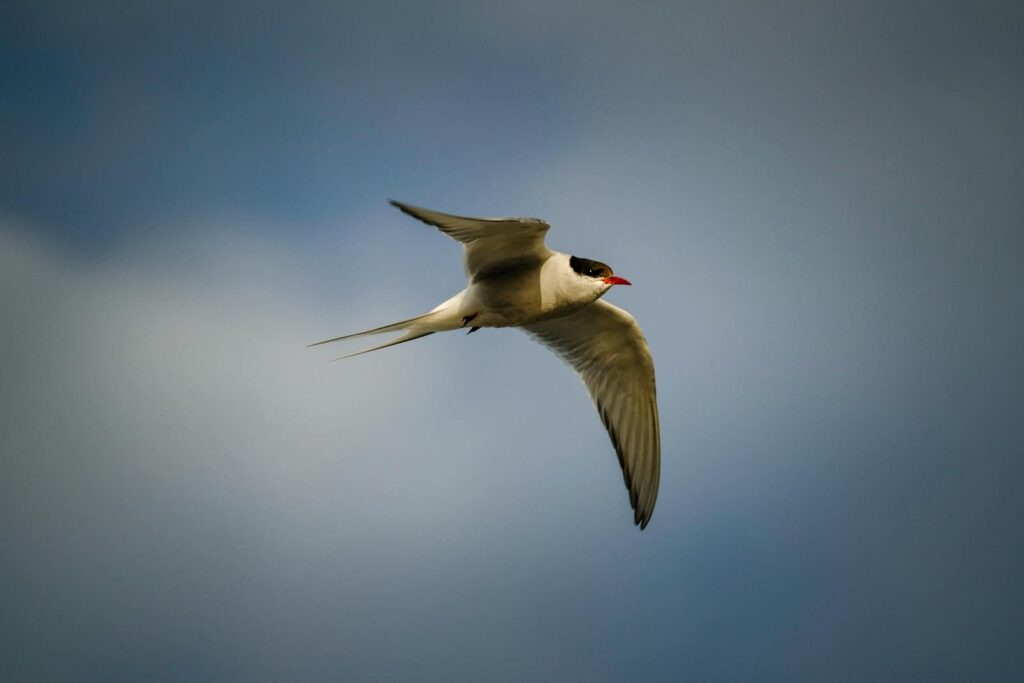
Several bird species have become legendary for their transoceanic journeys, breaking records that seem almost beyond belief. The Arctic Tern holds the title for the longest migration, traveling approximately 44,000 miles annually between the Arctic and Antarctic, spending much of this journey over open ocean. Bar-tailed Godwits have been documented flying non-stop for over 7,000 miles across the Pacific Ocean from Alaska to New Zealand, a journey lasting more than eight days without a single break for food or water. Sooty Shearwaters circumnavigate the Pacific Ocean in a figure-eight pattern, covering over 40,000 miles annually as they follow productive feeding grounds. These astonishing feats demonstrate the extraordinary capabilities that have evolved in these aerial marathoners, allowing them to connect distant ecosystems and complete journeys that would be impossible for most other creatures.
Pre-Migration Preparations
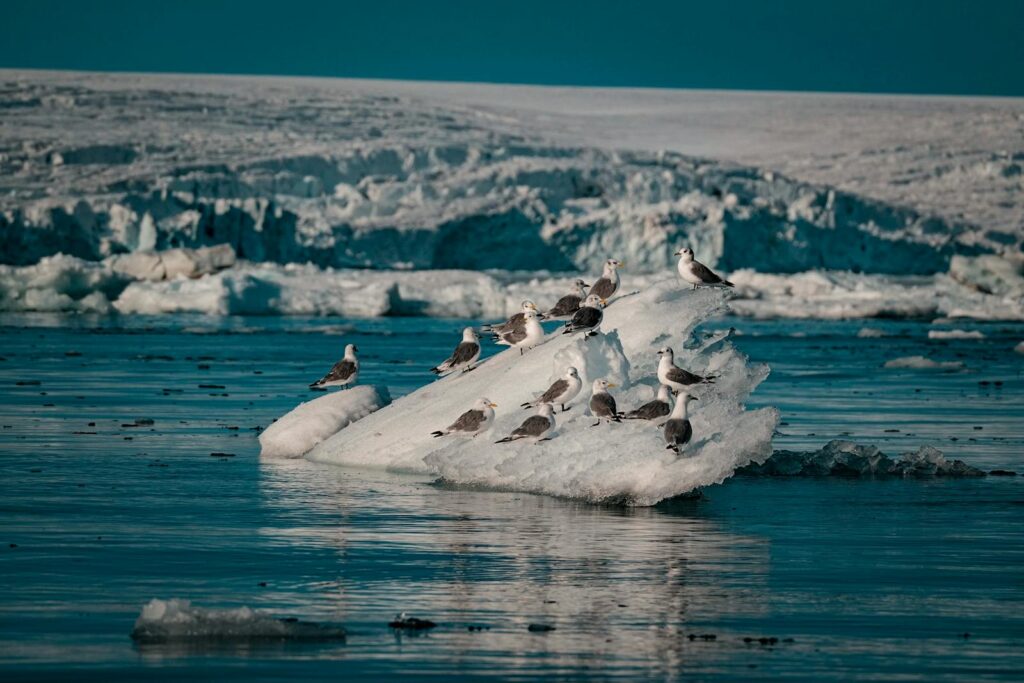
Before setting off across the open ocean, migratory birds undergo dramatic physiological changes that transform their bodies into long-distance flying machines. They enter a state called hyperphagia, where their appetite increases dramatically, allowing them to consume enough food to double or even triple their body weight with stored fat that will fuel their journey. This fat loading is precisely calibrated—too little means running out of fuel mid-journey, while too much creates excessive flight costs. Their bodies also undergo organ remodeling, temporarily shrinking digestive organs that aren’t needed during flight while enlarging the heart and flight muscles. Some species, like the Ruby-throated Hummingbird, may increase their body weight by up to 40% before crossing the Gulf of Mexico, storing enough energy for the 500-mile non-stop journey. These preparations are timed precisely with seasonal cues, ensuring birds depart when weather conditions are most favorable for their epic journeys.
Efficient Flight Mechanics
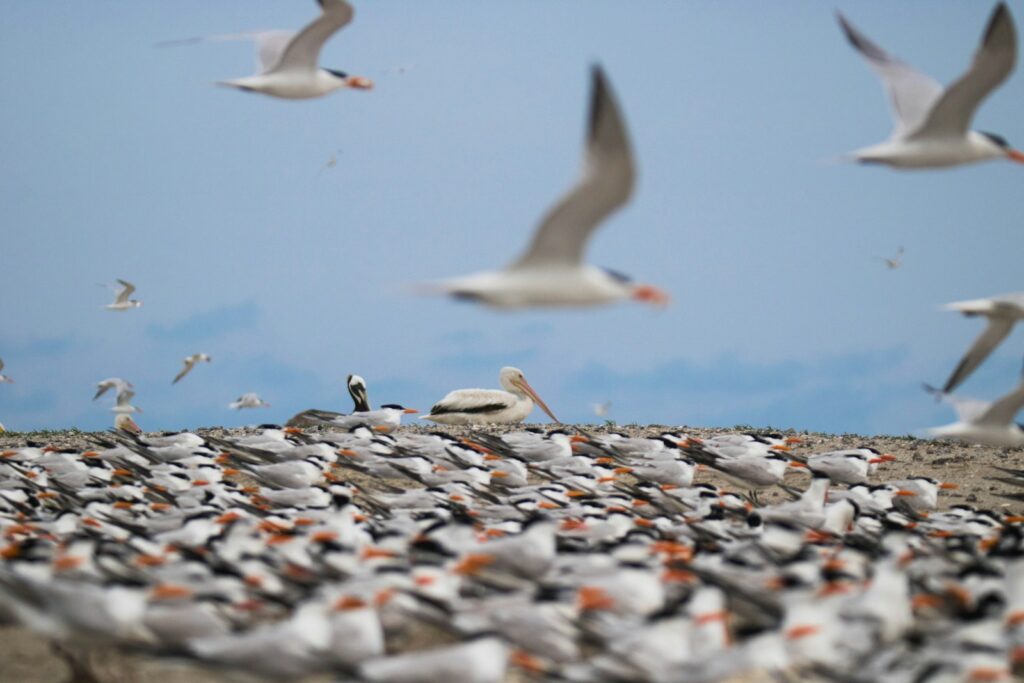
Birds crossing open oceans have evolved remarkably efficient flight mechanics that maximize distance while minimizing energy expenditure. Many species adopt a V-formation when flying in groups, which reduces drag and allows birds to benefit from the upwash vortex created by those ahead of them. This formation can provide energy savings of up to 14%. Seabirds like albatrosses master dynamic soaring, a technique that harnesses the energy from wind gradients over waves, allowing them to fly for days or weeks without a single wing flap. Smaller migrants often utilize a flap-and-glide pattern that conserves energy during prolonged flights, alternating between powered flight and brief gliding periods. Some species even shut down half their brain at a time in a process called unihemispheric slow-wave sleep, allowing them to rest while maintaining flight control and vigilance. These mechanical adaptations represent millions of years of evolutionary refinement to solve the extreme challenge of transoceanic flight.
Extraordinary Metabolic Adaptations
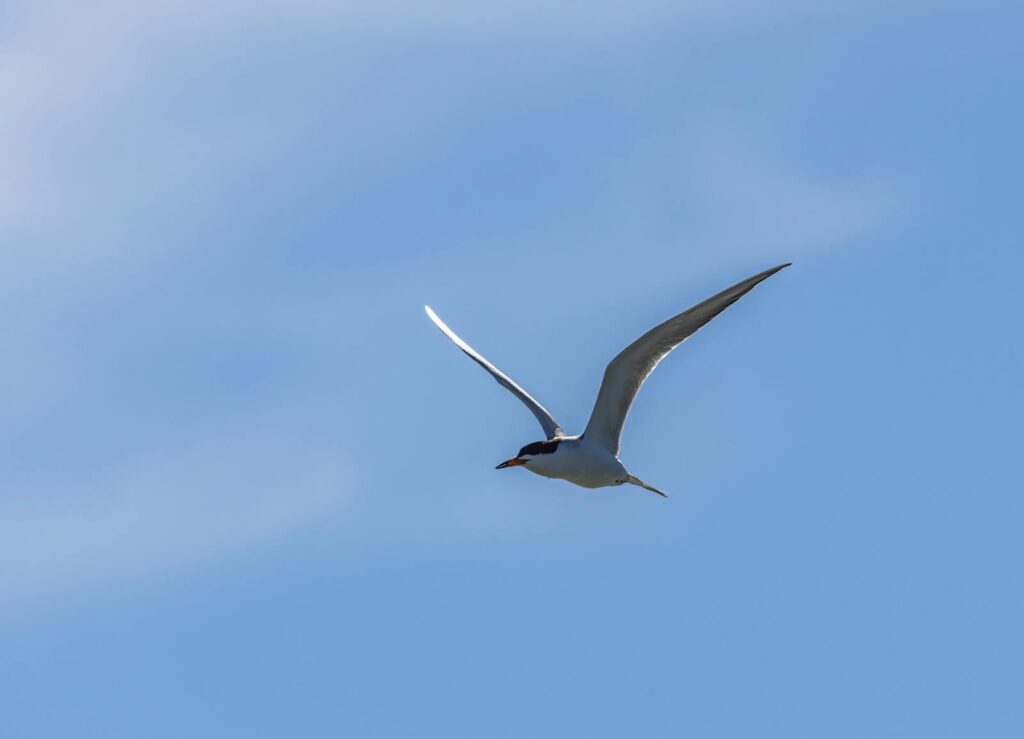
The metabolic machinery of long-distance migratory birds has been fine-tuned for oceanic crossings through remarkable evolutionary adaptations. Unlike mammals, birds can efficiently metabolize both carbohydrates and fats simultaneously, allowing them to maximize energy extraction from their fuel stores. Their bodies excel at mobilizing fat reserves through specialized proteins that transport fatty acids to flight muscles at rates that would cause harmful buildup of metabolic byproducts in other animals. Many oceanic migrants have elevated myoglobin levels in their flight muscles, allowing for increased oxygen storage and utilization during sustained exercise. Some species even temporarily shrink non-essential organs during flight to reduce metabolic demands and lighten their body weight. Research has shown that Bar-tailed Godwits reduce their basal metabolic rate during migration to conserve energy, demonstrating a level of metabolic control that stretches the boundaries of vertebrate physiology.
Navigational Marvels
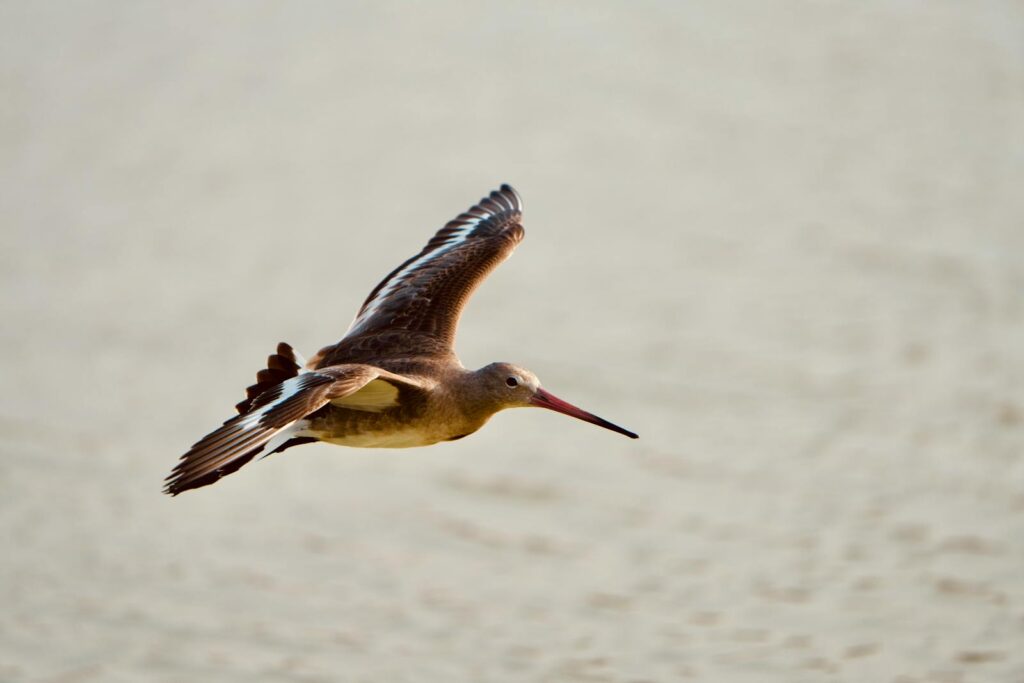
Navigating across vast, featureless oceans represents one of the greatest challenges for migratory birds, yet they accomplish this feat with remarkable precision. Many species possess an internal magnetic compass that allows them to detect Earth’s magnetic field, providing constant directional information regardless of weather conditions or time of day. Celestial navigation using star patterns and the sun’s position supplements magnetic orientation, with birds demonstrating an innate ability to compensate for the sun’s movement throughout the day. Some oceanic migrants can even detect infrasound—low-frequency sounds that travel thousands of miles—including the constant rhythm of ocean waves breaking on distant shores. Research has shown that certain species possess specialized proteins called cryptochromes in their eyes that may allow them to literally “see” magnetic fields as visual patterns. This multi-sensory navigation system provides redundancy that ensures birds can maintain their course even when one navigational cue becomes temporarily unavailable.
Weather Sensitivity and Adaptation
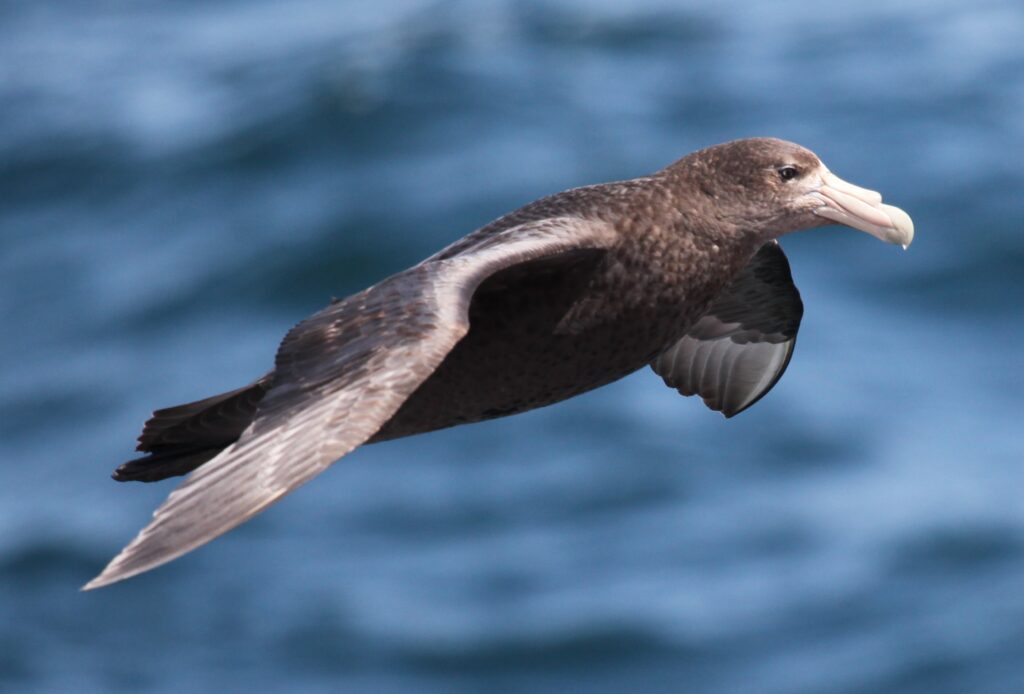
Successful oceanic crossings depend heavily on birds’ ability to interpret and respond to weather patterns that can either assist or imperil their journey. Many migrants have demonstrated remarkable sensitivity to barometric pressure changes, allowing them to time departures precisely when favorable tailwinds will help push them toward their destination. Radar studies have revealed that birds will delay migration when faced with headwinds or storms, waiting for optimal conditions that can dramatically reduce their energy expenditure. Some species, like shearwaters and petrels, have specialized olfactory abilities that allow them to detect weather fronts by sensing changes in air composition over the ocean. During unexpected weather challenges mid-journey, birds can alter their flight altitude to find more favorable wind conditions, sometimes flying at elevations above 20,000 feet to take advantage of jet streams. This weather intelligence, combined with physical endurance, creates a survival margin that helps migrants overcome the unpredictability of oceanic conditions.
Water Balance Challenges
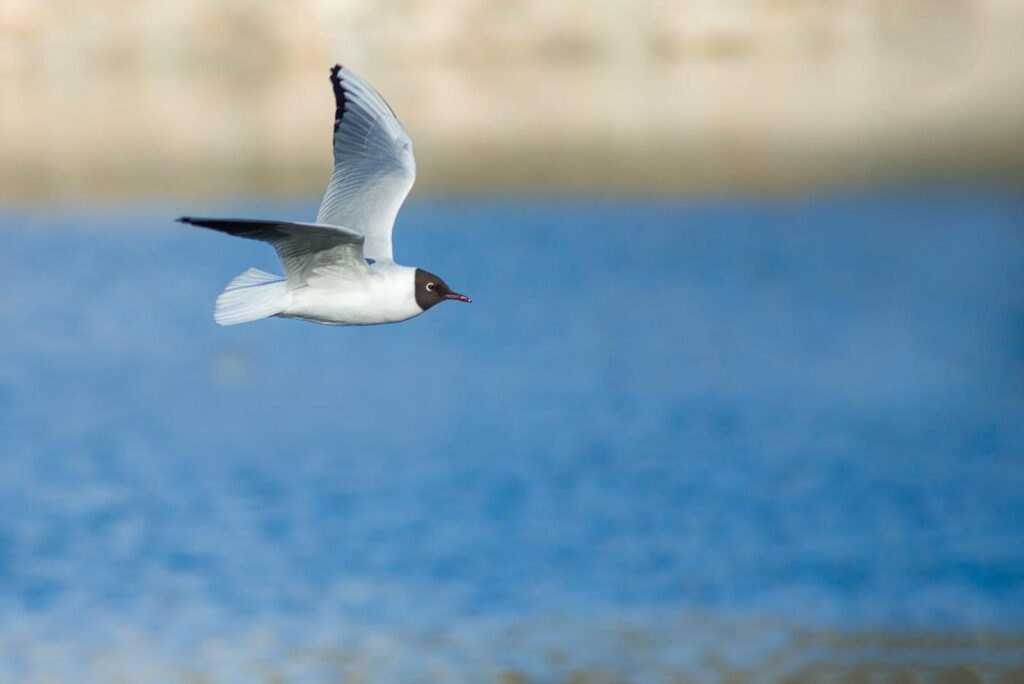
Maintaining hydration during long oceanic crossings presents a critical challenge for migratory birds with no access to fresh water for days at a time. Unlike humans, birds have evolved specialized physiological mechanisms that allow them to maintain water balance during extreme exertion. Their efficient respiratory system produces metabolic water as a byproduct of fat metabolism, providing a crucial internal water source during flight. Many species develop the ability to concentrate their urine to exceptional levels before migration, dramatically reducing water loss through excretion. Some oceanic migrants like petrels possess salt glands that allow them to drink seawater when necessary, extracting the salt through specialized nasal ducts. Studies have shown that certain migrants enter a state of adaptive dehydration during long flights, allowing their tissues to function with lower than normal water content without harmful effects—a condition that would be life-threatening in most other vertebrates.
The Risk of Exhaustion
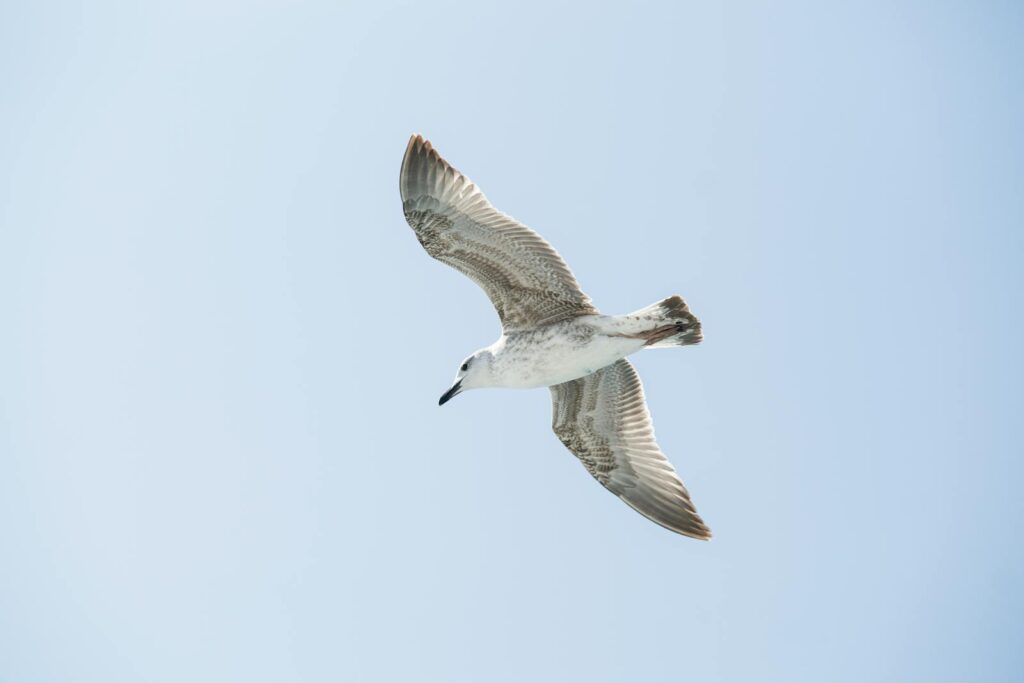
Despite their remarkable adaptations, birds crossing open oceans face the constant threat of exhaustion that can prove fatal if they miscalculate their energy needs or encounter adverse conditions. Researchers tracking migrating birds have documented cases where individuals deplete not only their fat reserves but also begin metabolizing their own flight muscles for energy—a desperate last resort that compromises their ability to maintain flight. Wind patterns that shift unexpectedly can force birds to expend significantly more energy than anticipated, creating life-threatening energy deficits. Even slight navigational errors can extend journey distance by hundreds of miles, pushing birds beyond their physiological limits. Studies of bird carcasses that wash ashore following migration periods often reveal severe muscle atrophy and complete depletion of fat stores, testament to the fine line these oceanic migrants walk between successful crossing and catastrophic failure. These risks have driven the evolution of multiple safeguards, including energy reserve buffers that provide the crucial margin for error.
Stopover Strategies
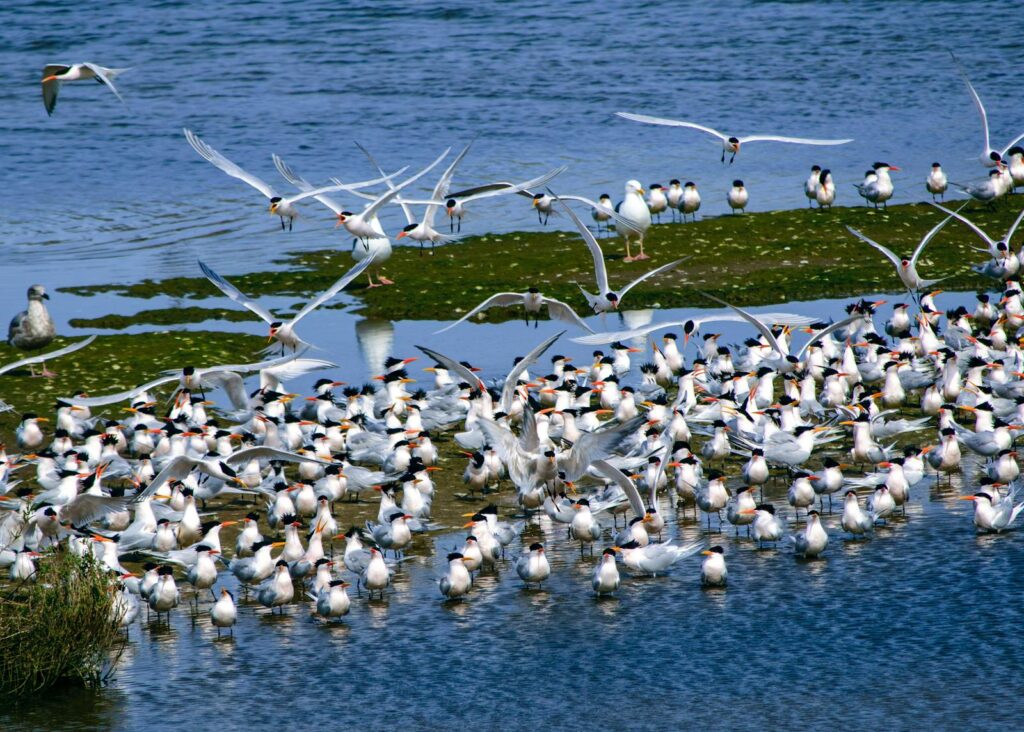
While some migrants complete their oceanic crossings in a single non-stop flight, many species incorporate strategic stopovers at islands or other rest points along their route. These stopover locations become critical refueling stations, allowing birds to replenish their energy reserves before continuing their journey. Research tracking migratory shorebirds has revealed that individuals can consume up to 30% of their body weight daily during these stopovers, rapidly converting food into stored fat. The quality and abundance of food at these locations can significantly influence survival rates, with birds delaying departure until they’ve accumulated sufficient energy reserves for the next leg. Some species show remarkable site fidelity to particular stopover locations, returning to the same small islands or coastal areas year after year. Climate change and human development that alter these critical habitats can have cascading effects on migration success, highlighting the interconnected nature of oceanic bird migration systems.
Physiological Recovery After Crossing
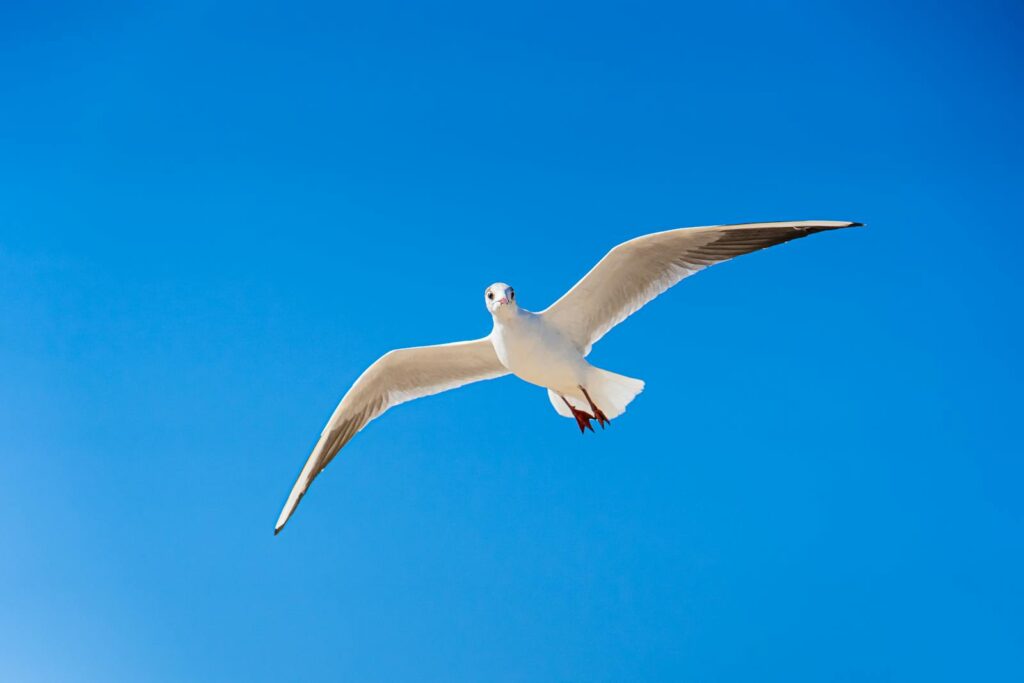
Upon reaching land after days or weeks of non-stop flight, migratory birds undergo remarkable physiological recovery processes to restore their depleted bodies. Their digestive systems, which partially atrophied during flight to reduce weight, rapidly regrow to full functionality within 1-2 days of landing. Hormone levels shift dramatically, changing from a migration-oriented profile to one that prioritizes feeding and tissue recovery. Blood tests of birds immediately after long crossings often show elevated stress hormones and signs of muscle damage that would be debilitating in mammals but resolve quickly in these avian athletes. Some species enter a recovery-specific behavioral pattern, spending most of their time either feeding intensively or resting to maximize their physiological rebuilding. These recovery processes are energetically expensive in themselves, requiring birds to find abundant food sources immediately after arrival—one reason why the quality of landing habitat is crucial for migration success.
Evolutionary Origins of Oceanic Flight
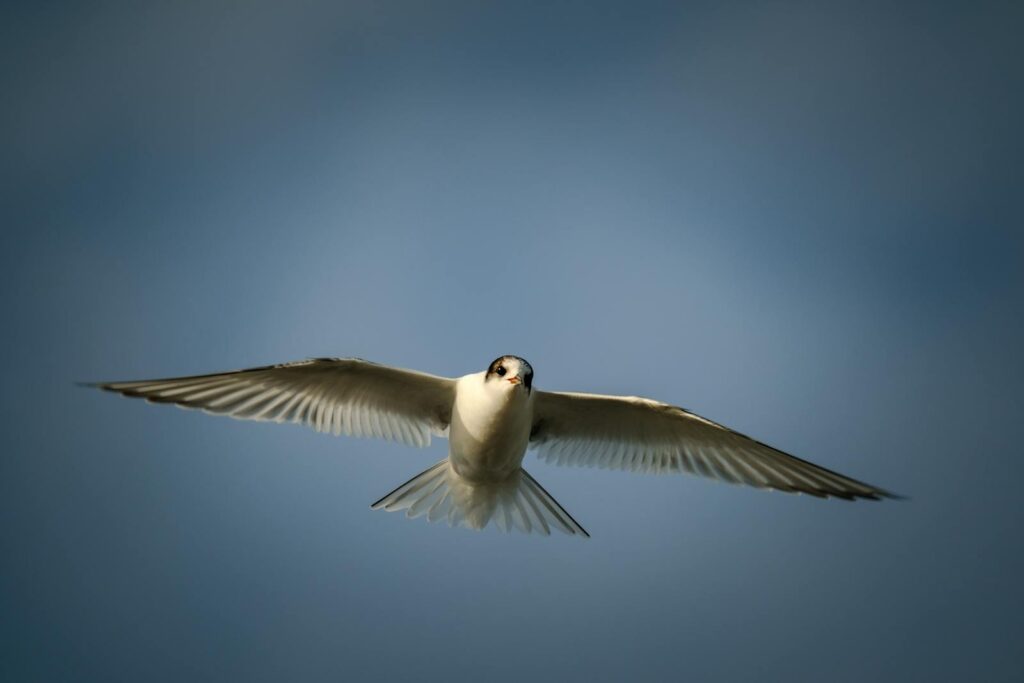
The remarkable ability of certain bird species to cross vast oceanic distances is the product of millions of years of evolutionary pressure and adaptation. Fossil evidence suggests that migratory behavior in birds dates back at least 30 million years, with gradual adaptations developing as continental drift separated breeding and wintering grounds. Scientists theorize that oceanic crossing abilities likely evolved gradually, beginning with shorter water crossings that progressively lengthened as birds that could manage longer distances gained access to unexploited breeding territories or food resources. Genetic studies reveal that many of the physiological adaptations for long-distance flight—including enhanced fat metabolism and efficient muscle performance—show signatures of strong positive selection in the genomes of oceanic migrants. The convergent evolution of similar adaptations in unrelated bird families demonstrates how powerful the selective pressure for transoceanic flight capability has been. This evolutionary history has created flying machines that outperform human engineering in terms of efficiency and endurance.
Climate Change Threats
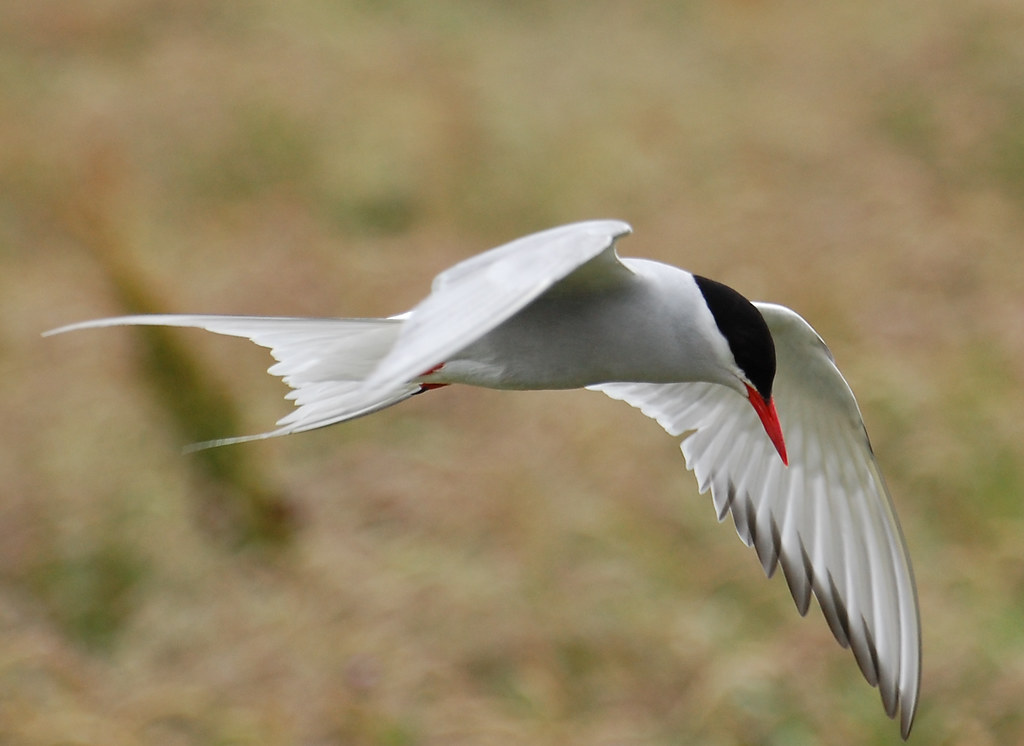
The finely tuned adaptations that allow birds to survive oceanic crossings are increasingly challenged by rapid climate change that disrupts the environmental cues and conditions they depend upon. Rising ocean temperatures are altering the distribution and abundance of marine food sources that birds rely on to build pre-migration energy reserves, potentially leaving them underprepared for their journeys. Changing wind patterns and increasing frequency of severe storms directly impact flight conditions, potentially forcing birds to expend more energy fighting headwinds or causing dangerous detours. Research tracking Arctic Terns has shown that some individuals now fly nearly 2,000 miles farther than they did just a decade ago as they attempt to find productive feeding areas that have shifted due to ocean warming. Perhaps most concerning, the precise timing of migration that evolved to coincide with optimal conditions is becoming misaligned as different parts of the global ecosystem warm at different rates, creating what scientists call “phenological mismatch.” These combined pressures add new threats to birds already operating at the limits of their physiological capabilities.
Conservation Challenges and Solutions
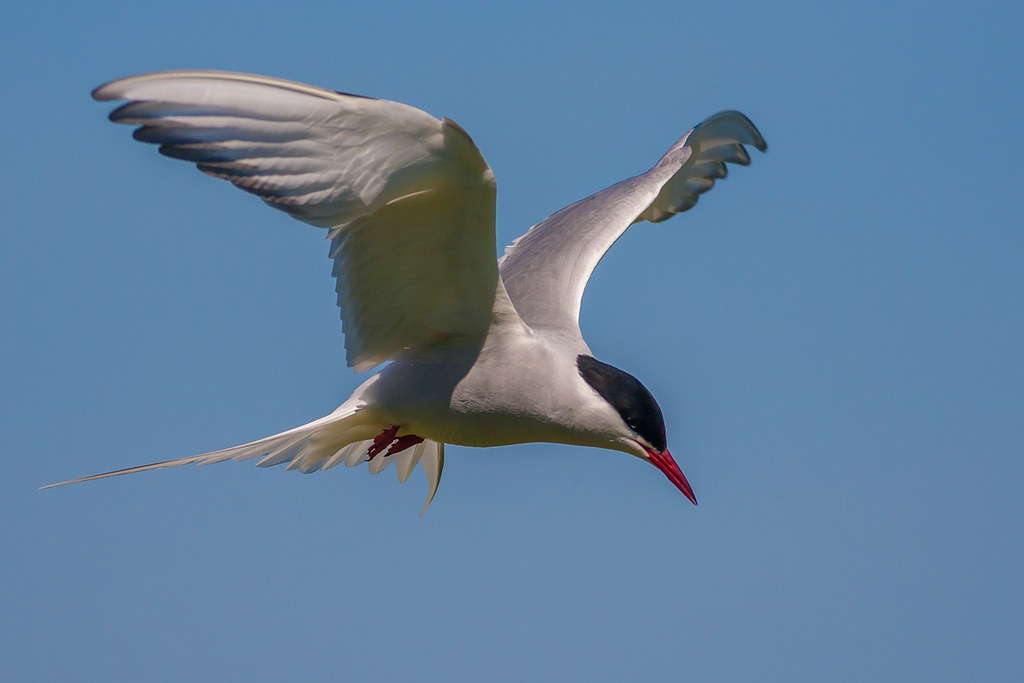
Protecting the remarkable birds that cross oceans requires conservation approaches that recognize the interconnected nature of their global journeys. International agreements like the Convention on Migratory Species provide frameworks for protecting these birds across multiple countries and jurisdictions they traverse during their annual cycles. Conservation efforts increasingly focus on identifying and preserving key stopover sites where birds rest and refuel, recognizing that the loss of even small island habitats can create dangerous gaps in migration routes. Tracking technologies including lightweight geolocators and satellite transmitters, have revolutionized our understanding of exact migration pathways, allowing for more precise conservation planning and identification of previously unknown critical habitats. Marine protected areas that safeguard productive feeding grounds are proving especially important for seabirds that depend on healthy ocean ecosystems. Addressing these conservation challenges requires unprecedented international cooperation that matches the borderless nature of these birds’ lives as they connect distant continents and ecosystems through their remarkable oceanic journeys.
The ability of birds to survive long flights over open ocean represents one of nature’s most impressive achievements in biological engineering. Through specialized adaptations—from efficient flight mechanics and remarkable navigation systems to sophisticated metabolic pathways and precise preparation—these avian marathoners accomplish journeys that would seem impossible by conventional measures of animal physiology. Yet these oceanic crossings remain precarious balancing acts where timing, weather, and energy management must align perfectly for survival. As climate change and habitat loss create new challenges, the future of these epic migrations depends not only on the birds’ evolutionary adaptations but also on human recognition of our responsibility to preserve the global pathways these remarkable travelers have followed for millennia. Their journeys remind us that nature’s solutions to seemingly impossible problems often surpass our imagination and deserve our deepest admiration and protection.
